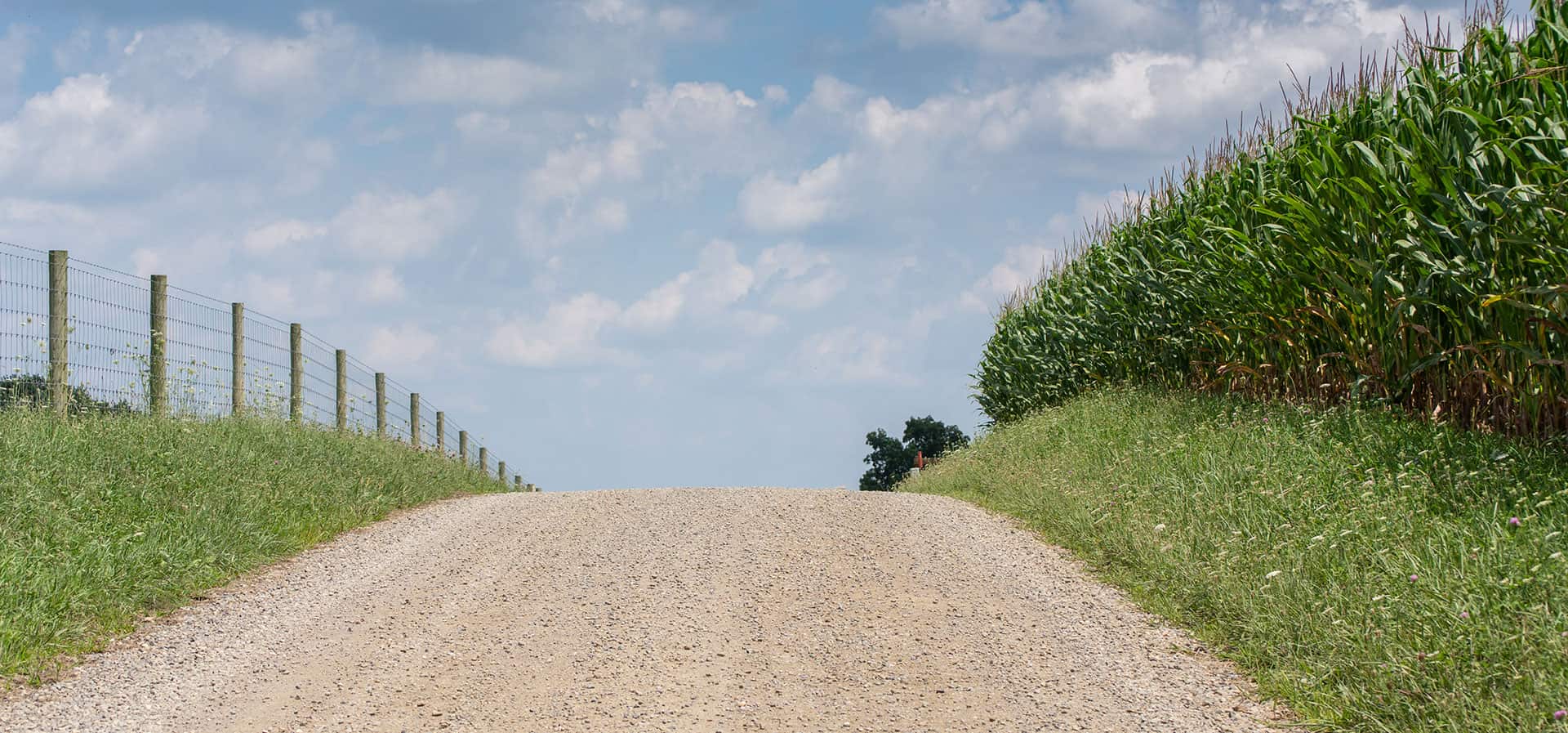Mission trips, outreach strategies, evangelistic campaigns, discipleship programs, new church plants, contemporary worship styles—for many denominations, these are the backbone of church growth efforts. Yet few of them come close to how rapidly the Old Order Amish are growing.

The most conservative of all the Amish groups, the Old Order do not actively evangelize. In fact, it’s quite rare for someone to join an Amish congregation, and when it happens, it’s meant to be for life, compared to the common practice of many people to “look around” for a new church when a job takes them to a new city or simply because they feel the need for a change.
Yet the Old Order have an impressive growth record for a group that 300 years ago began with about 500 people immigrating from Europe over a period of decades.
Of course the Amish are known for their large families—on average seven children—and the strength of generations of the family being in the same local congregation. But given the pressure—and appeal—of the general culture, does a high birthrate really explain all the math of one of the fastest growing religious groups in North America?
Donald B. Kraybill, a leading scholar on the Amish in North America suggests two other factors that are more difficult to quantify than counting heads at the dinner table.
First, while those of us on the outside might see strict rules of behavior among the Amish, the rules do not primarily exist to control church members so much as to protect them. Clothes, buggies, language, solemn worship, limited technology—all these things set the Amish apart visually. They know when they are among the people to whom they belong. Limiting education to the eighth grade has to do not with mind control but with caring for the spirits of Amish children and preparing them for eternity rather than for fitting into modern society.
Second, because they appear as if they live in an earlier century, those of us on the outside might think they are uncompromising and that their lifestyle is contradictory. The Amish don’t use public electricity, but energy generated by batteries or gas is acceptable. They ride in cars but they are not allowed to own and drive them. In some groups, church members can use telephones in their shops and businesses but not in their homes. These are not hypocritical contradictions. We have to look past the outward behaviors and deeply into the values that shape them. The Amish do adapt as society changes; but rather than being swept away by the changes and taking them for granted, they choose the changes that conform to their inner values and that help build the community—including keeping the next generation in the church.
It’s not a perfect system. Some people do leave, either by choosing not to be baptized as young adults or by breaking their baptismal vows to submit to the church and choose another way of living. But only about ten percent of Old Order Amish leave the church.
For the Old Order, church is about the community rather than the individual. Belonging to the community. Strengthening the community. Serving the community. Even submitting to the community.
Those of us who did not grow up Amish, or did not grow up with Amish neighbors or fellow students, can learn a few survival strategies of our own from the Old Order Amish. We don’t survive and thrive by pursuing only our own interests but by seeing the whole cloth of which we are a part and the myriad opportunities to let our values shape the way we interact with one another.
Olivia Newport lives in Colorado where daylilies grow as tall as she is. Her Amish novels include the Valley of Choice series and four titles under the banner of Amish Turns of Times, including her recent release, Hope in the Land.

